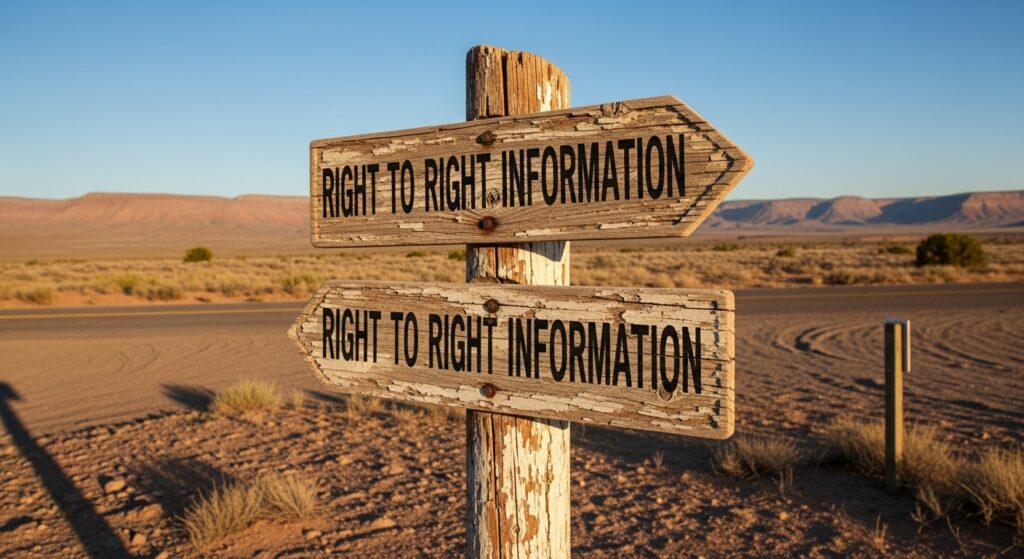
When a government silences platforms, does it calm unrest,or create chaos? In Nepal, a blackout meant to curb lies left citizens in the dark. What led to blood on the streets, and why does this reveal that information is a matter of survival?
The Information Vacuum That Shook a Nation
On the morning of September 5, 2025, Nepal went dark, not from a power cut, but from an information blackout. Overnight, WhatsApp pings vanished, Facebook feeds froze, and YouTube screens went blank. The government had pulled the plug on 26 platforms in the name of curbing “fake news.” It was the final spark in a tinderbox long packed with frustrations, especially among Gen Z, who already felt ignored, jobless, and voiceless. The ban did not create the anger; it pulled the trigger. Parents couldn’t check on children abroad, shopkeepers couldn’t confirm supplies, protesters couldn’t organize, but they could still seethe.
Within four days, rage spilled into the streets. By September 8, 19 people were dead, parliament and the Supreme Court were in flames, and Prime Minister K. P. Sharma Oli had resigned. The very platforms banned to stop rumours had become symbols of suffocation. When the ban was lifted on September 9, the lesson was unmistakable: in times of crisis, cutting communication doesn’t kill misinformation, it multiplies it.
Uncertainty breeds rumour the way stagnant water breeds mosquitoes,the longer the stillness, the deadlier the swarm. Nepal’s political upheaval created the perfect breeding ground for misinformation: a leadership vacuum, whispers amplified as facts, and silence mistaken for conspiracy.
The equation is simple yet devastating:
Uncertainty + Information Vacuum + Desperate Citizens = Perfect Storm for False Narratives.
History has seen this formula before: wartime propaganda, pandemic panic, and disaster rumours all prove that when official voices fall silent, unofficial ones rise louder. In Nepal, this silence transformed a political transition into a humanitarian crisis, with citizens scrambling for clarity about their safety, security, and access to essentials.
In such moments, the “Right to Right Information at the Right Time” is not optional, it is survival.
The Humanitarian Imperative
Information isn’t an abstract democratic value, it is as essential as food, water, or medicine during emergencies. Citizens don’t demand miracles; they demand clarity. They need to know what happened, why it happened, what’s being done, and when stability may return. They need emergency contacts, safe zones, medical facilities, and reassurances that law and order will hold.
Deprive them of this, and panic dictates behaviour. Families hoard supplies, neighbours turn suspicious, and streets erupt into violence. The result is human suffering not caused by the crisis itself, but by withheld truth.
Nepal’s turbulence has proven that the right to information is a humanitarian right. Denying it turns political uncertainty into survival-level fear.
The Regional Context: India’s Media and South Asia’s Responsibility
Article 19 of the Universal Declaration of Human Rights enshrines the right to information. But in South Asia, these right carries even higher stakes, because misinformation here does not stay confined to borders.
India’s media, with its linguistic reach and cross-border influence, plays an outsized role in shaping Nepali public opinion. This makes editorial restraint, rigorous verification, and responsible reporting not just ethical duties but regional imperatives. A single sensational headline can inflame tensions across borders, as seen when false stories about graves in Hyderabad being “Pakistani” circulated to stoke rivalries.
For India, Nepal’s crisis is not just about a neighbour’s instability, it’s about shared risks: refugee flows, disrupted trade, Chinese manoeuvring, and alienating South Asia’s digitally native generation. The wrong narrative, unchecked, can destabilize an entire region.
In this interconnected information ecosystem, accuracy becomes a regional security need, not just a journalistic ideal.
The Path Forward: Three Rights for Stability
Nepal can emerge stronger only by institutionalizing three fundamental rights:
- Right to Right Information: Governments must hold daily briefings, appoint clear spokespersons, and counter falsehoods with verified facts. Citizens deserve truth, not rumours.
- Right to Right Information at the Right Time: Hotlines, emergency updates, and rapid-response communication systems must ensure information flows when it is needed most—not days later.
- Right to Information Integrity: Media, both domestic and regional, must fact-check relentlessly, while citizens verify before sharing. Credible information must outweigh viral fiction.
These three rights are not luxuries. They are the foundation of democratic trust and the antidote to misinformation-fuelled instability.
Truth for Trust and Dignity
Nepal stands at a defining crossroads. Whether its fragile transition stabilizes or unravels depends on how truth circulates in the days ahead. In a storm, a faulty compass can sink a ship; in a crisis, distorted information can sink a nation.
This is no longer a debate about political transparency. It is about dignity, survival, and the moral duty to protect citizens from the weaponization of rumour. The responsibility lies with Nepali institutions, Indian and regional media, and citizens themselves.
In South Asia’s volatile landscape, mistrust travels faster than truth. Safeguarding accurate information, therefore, is not just national service, it is regional necessity. Nepal’s crisis is a warning: if truth fails here, instability everywhere is inevitable


